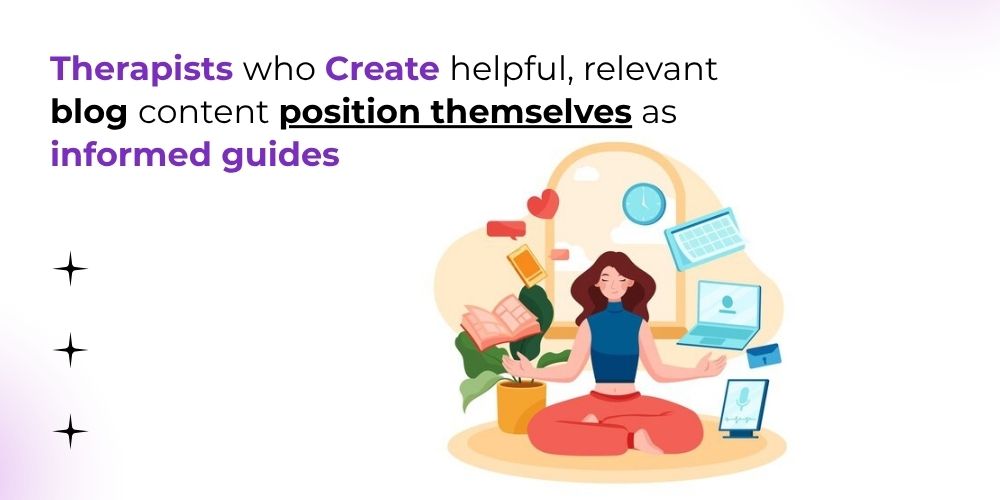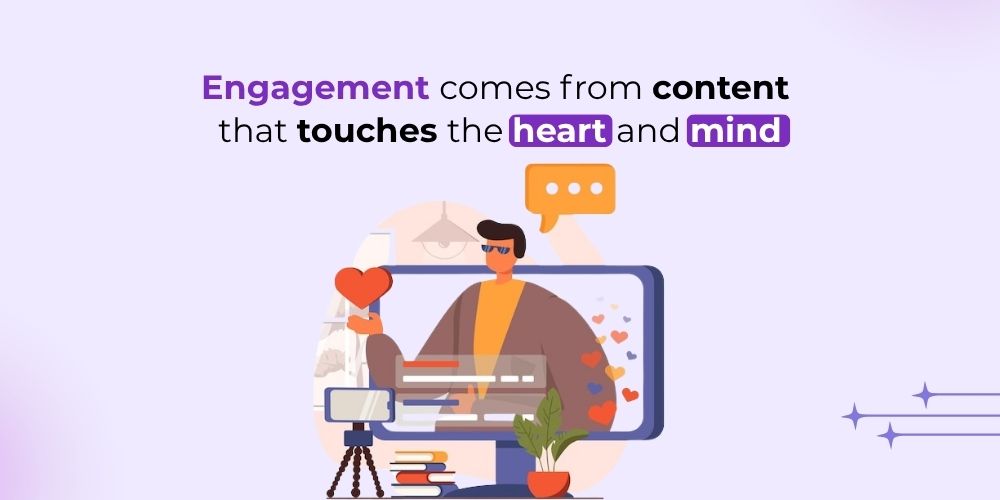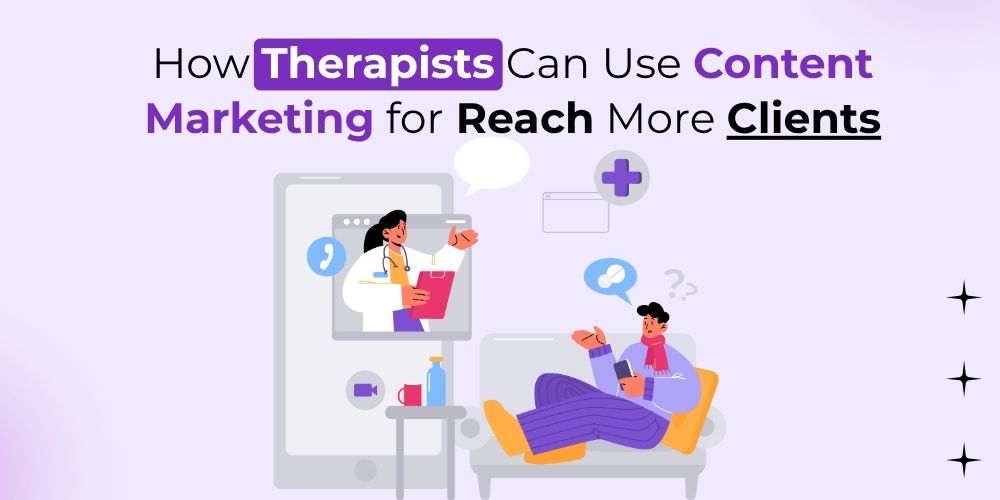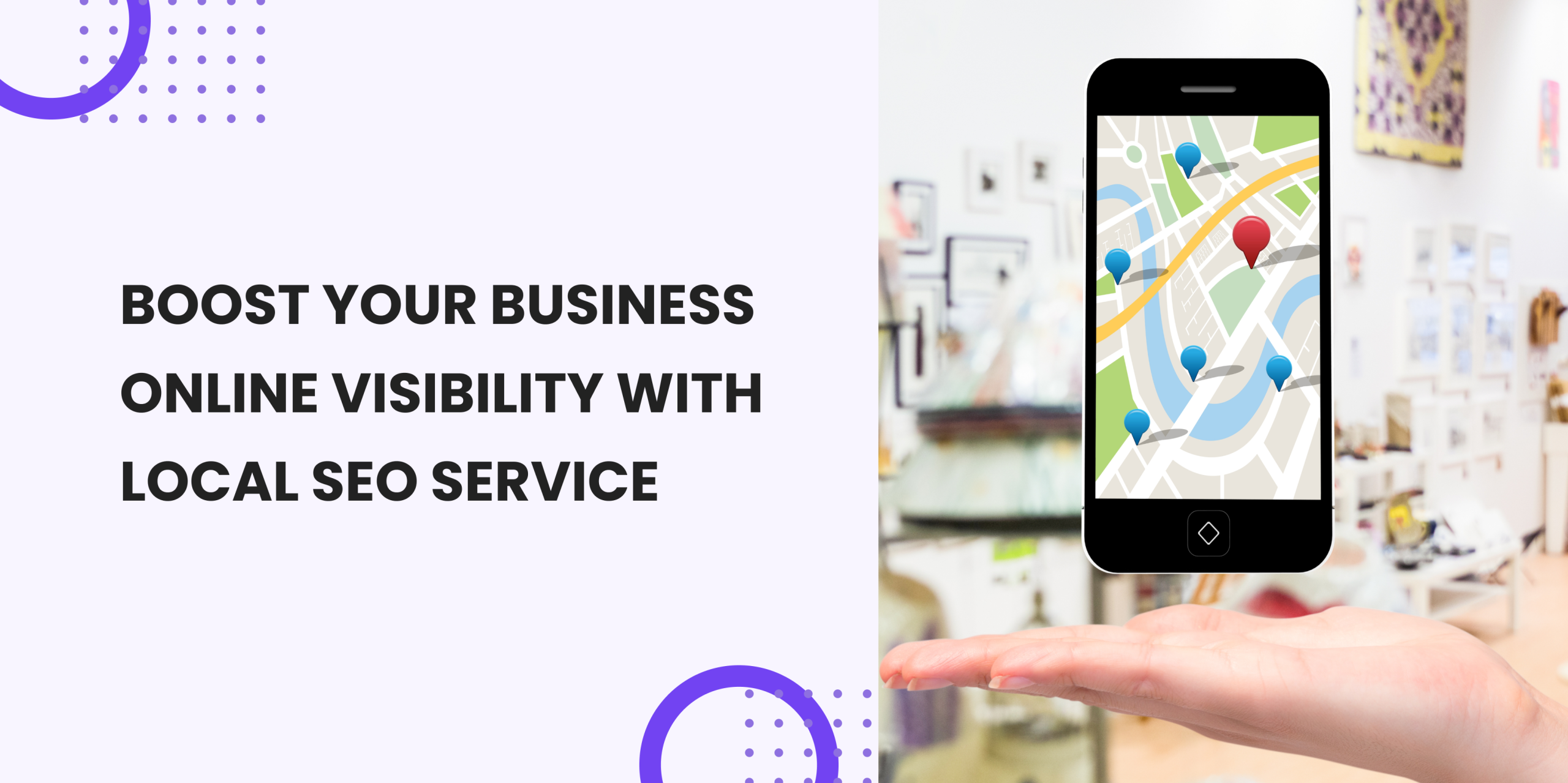Therapists are trained to help people heal, grow, and find clarity. But when it comes to attracting new clients and building a recognizable presence, their expertise often needs a different kind of support, content marketing.
In a digital-first world, therapy seekers don’t just search for a “therapist near me” and book a session. They want to know who they’re trusting with their vulnerability.
They crave connection even before the first appointment. That’s where content marketing becomes vital.
We’ve seen this firsthand with our work at The Meta Future. Therapists who lean into strategic content, blog posts, videos, social media, and more, see not only an increase in website traffic but also a rise in qualified inquiries and more meaningful connections with clients.
Let’s explore why content marketing for therapists matters, and then dive into nine deeply effective content marketing strategies we’ve implemented with real-world success.
The Importance of Content Marketing for Therapists
Content marketing for therapists is more than just “posting on Instagram” or writing a blog now and then. It’s about curating meaningful, educational, and empathetic content that resonates with your audience, people who are likely navigating stress, anxiety, trauma, or relationship struggles.

Why does it matter so much?
- Builds trust before the first session: A well-written blog about managing anxiety tells a potential client you understand them, even before you meet.
- Establishes thought leadership: Content positions you as an expert, not just a provider of therapy, but a guide on mental wellness.
- Improves search engine rankings (SEO): With targeted keywords like “online therapy for anxiety” or “grief counseling near me,” your site becomes easier to find.
- Educates and empowers your audience: Educational content makes therapy less intimidating for people who might be hesitant to seek help.
- Drives consistent traffic: A well-optimized blog post can drive traffic to your website for years.
When one of our clients, a trauma-focused therapist in Austin, Texas, started publishing weekly blog content optimized for local SEO and sharing thoughtful Instagram reels, she saw a 3x increase in web traffic within six months.
More importantly, she saw a deeper level of trust from potential clients reaching out.
9 Key Strategies of Content Marketing for Therapists
1. Build an Empathy-Driven Blogging Strategy
Blogging for mental health professionals is one of the most powerful ways to create consistent, evergreen value. But it’s not about keyword stuffing or generic posts. It’s about speaking directly to your ideal client’s pain points and questions.

When we helped a therapist in Portland who specialized in LGBTQ+ mental health, we didn’t just write “10 Tips for Better Mental Health.” We built content pillars around key concerns her audience faced, like “How to Cope with Family Rejection” or “Understanding Gender Dysphoria from a Therapist’s Lens.” These posts ranked for niche SEO terms and led to direct client inquiries.
Key elements of a successful therapist blog:
- Answer common client questions (e.g., “Is therapy worth it?” “How do I deal with social anxiety?”)
- Write for your niche audience using real language, not academic jargon
- Add personal reflections or client-approved stories (ethically and anonymously)
- Optimize each blog for “SEO for therapy websites” with local keywords
- End with a gentle call to action (CTA): “If this resonates, reach out. You’re not alone.”
Blog ideas therapists can explore:
- “Signs You Might Benefit from Therapy”
- “How to Talk to Your Partner About Couples Counseling”
- “Coping with Seasonal Depression: Tips from a Therapist”
Blogging not only improves your visibility but helps potential clients feel seen and understood long before they ever send an email or book a call.
2. Prioritize Local SEO to Reach Nearby Clients
Local SEO for mental health professionals ensures that when someone searches for help in your city or neighborhood, your practice appears front and center.
We once worked with a family therapist in Boulder, Colorado, whose Google My Business (GMB) listing was incomplete, and her site lacked local signals. Within weeks of optimizing her listing, embedding local keywords like “family therapy in Boulder,” and building local backlinks (from local directories and community blogs), her practice started ranking in the top 3 of Google Maps results.
What therapists should do for local SEO:
- Claim and optimize your Google Business Profile
- Use geo-targeted keywords across your site (e.g., “anxiety therapist in Dallas”)
- Encourage clients to leave positive Google reviews
- Add schema markup for therapists on your site for better indexing
- List your practice in local online directories
This type of SEO isn’t about gaming the system, it’s about making sure people in your community can find you when they need you most.
3. Use Video Content to Create Personal Connection
Therapists often struggle to “sell” themselves in writing. But video, especially short-form, social-friendly video, offers a powerful alternative. A 30-second clip sharing how you help clients with grief or your approach to inner child healing can build an instant bond.
We worked with a trauma-informed counselor in Chicago who was hesitant to get on camera. After a bit of coaching, she started creating Instagram Reels explaining simple therapy concepts.

Her video on “fight or flight response” went semi-viral, leading to 15+ consult calls in just one week.
Video ideas that work well:
- Answering a frequently asked question (FAQ)
- Explaining your therapeutic approach in a warm, conversational tone
- Giving a quick tip on dealing with stress or overwhelm
- Sharing a client success story (again, ethically and anonymously)
Video isn’t about being polished. It’s about being present.
4. Turn Instagram into a Visual Therapy Journal
Social media content marketing for therapists should reflect your voice, your values, and your ability to connect. It’s not about mimicking influencer culture, it’s about educating and inspiring, one post at a time.
We helped a mindfulness-based therapist build a strong Instagram presence by creating “swipe carousel” posts on topics like grounding techniques and emotional regulation. We paired these with gentle affirmations, thoughtful captions, and consistent calls to action.
What works on Instagram:
- Carousels explaining concepts (e.g., “Attachment Styles in 5 Slides”)
- Reels with simple breathing exercises or nervous system education
- Quote graphics paired with personal reflections
- Stories for behind-the-scenes insights
The key is consistency. When your content shows up regularly, so does your practice in the minds of potential clients.
5. Repurpose Content Across Multiple Channels
Creating content takes time. But with the right system, one blog post can turn into 10+ pieces of content. This is how we help therapists build omnipresence without burnout.

For example, a blog on “Coping with Divorce” can become:
- An Instagram carousel
- A YouTube video
- A podcast episode
- A Pinterest infographic
- A LinkedIn article
By repurposing thoughtfully, therapists get more mileage and visibility from every message.
6. Offer Free Resources to Build Your Email List
An email list is a sacred space in therapist content marketing. It’s where you nurture leads gently and consistently. But people don’t just sign up because you ask, they sign up when you offer genuine value.
We helped a relationship counselor launch a free guide: “5 Conversation Starters to Improve Communication with Your Partner.” This lead magnet generated over 300 subscribers in two months. From there, we built a nurture sequence that brought in 12 new clients.
Great resource ideas:
- PDF guide or checklist (e.g., “10 Signs of Burnout”)
- Short video series on mental wellness tips
- Self-assessment quiz (e.g., “Is It Time to See a Therapist?”)
Use these to create deeper engagement and automate relationship-building.
7. Optimize Every Page of Your Website for SEO
Your website isn’t just a digital business card, it’s your 24/7 marketing tool. Every service page, blog, and contact form should be optimized with the right keywords, meta tags, and structure.
We helped a therapist specializing in trauma therapy revamp her site’s SEO. By restructuring her pages, using long-tail keywords like “somatic trauma therapy in Seattle,” and improving mobile speed, we doubled her site visits in 60 days.
Checklist for SEO for therapy websites:
- Title tags and meta descriptions with keywords
- Clear, concise service pages (one per niche/service)
- Internal links between blog posts and service pages
- Fast mobile performance and SSL security
- Clear CTAs and contact forms
Search engines need to understand what you offer. SEO helps them, and in turn, helps people find you.
8. Share Real (Ethical) Client Stories
People remember stories more than facts. When therapists share anonymized, ethical success stories, it bridges the gap between skepticism and trust.
We helped a grief counselor develop a blog series called “Stories of Healing.” These narratives, drawn from real client transformations, were written with sensitivity and full client consent. Readers responded with emails like, “That story could be me.”
Tips for telling stories mindfully:
- Always anonymize or get written client consent
- Focus on the journey, not just the outcome
- Highlight emotions and turning points
- End with a message of hope
These stories help potential clients feel less alone and more ready to reach out.
9. Analyze, Improve, Repeat
Even the best content strategy needs regular evaluation. We use data tools to track what’s working, what blogs are driving traffic, what videos spark engagement, what emails get opened, and refine accordingly.
One therapist we worked with noticed a drop in blog views. We analyzed her Google Analytics, identified slow-loading pages and poorly ranking topics, and pivoted her content plan. The result? A 40% increase in traffic and 25% more leads within two months.
What to track:
- Website traffic (via Google Analytics)
- Blog and keyword rankings (via SEMrush or Ahrefs)
- Email open and click rates
- Social media engagement
- Conversion rates from lead magnet to client inquiry
Data tells the story. Strategy tells us what to do next.
Conclusion
Content marketing for therapists is not a trend, it’s a necessity in a world where trust is built before the first appointment. From SEO to storytelling, every piece of content you share is an invitation for someone to heal.
We’ve walked this journey with countless therapists at The Meta Future. We’ve seen how the right content, delivered consistently and with heart, can transform practices, increase visibility, and help therapists do more of what they love: guiding people to better mental health.
Whether you’re just getting started or looking to refine your therapist content marketing strategy, the time to start is now. Because someone out there is searching, not just for “a therapist,” but for you.






